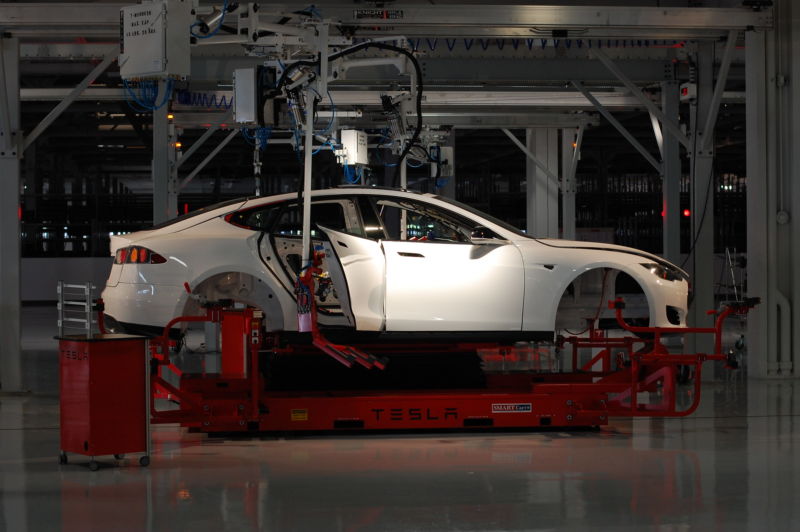
There are people who object to newfangled technologies that address our reliance on dirty energy. For them, claims like this are irresistible catnip: electric vehicles aren’t actually cleaner than their gas-burning counterparts. What a delicious I-told-you-so to those naïve environmentalists! The onlyproblemwith these claims is thatthey aren’t true.
This particular assertion is based on the idea that themanufacturingof big batteries for these cars generates so much emissions that all later savings are canceled out. Sometimes, this argument requires unfair assumptions, like expecting an internal combustion vehicle to last far longer than an EV. But it always requires cherry-picking a high estimate for battery manufacturing emissions.
One of those estimates came from a2017 studyfrom the IVL Swedish Environmental Research Institute. Based on the data that it had to work with, the institute’s study put the emissions at 150 – 200 kilograms of CO(2) per kilowatt-hour of lithium-ion battery capacity — one of the highest estimates that has been published.
But IVL recently took another pass at this effort, incorporating newer data and some slightly different methods. Thisnew studyputs the emissions at 61 – 106 kg, depending on the energy sources and efficiencies of different manufacturing plants. That cuts the estimate in half and puts it much more in line with other studies.
Pump or nickel?
So what accounts for the change, exactly? A few things are going on here. The first is a simple methodological change — this study leaves out emissions associated with recycling the battery, which accounted for (kg of CO) ****************************** (2) in the 2017 estimate. There are different ways to define the boundaries of such a life-cycle analysis, including “cradle-to-grave” methods that cover disposal and “cradle-to-gate” methods that cover up to the point you receive the car. To make apples-to-apples comparisons, you have to know what kind of estimate you’re looking at.
More importantly, the study took advantage of more recent data that measures emissions during critical steps in the manufacturing process. As the battery manufacturing industry matures, plants are running closer to capacity and with efficiency improvements. Battery chemistry, too, is shifting.
Much of the emissions come from mining and processing the raw materials in the battery — the lithium, nickel, cobalt, aluminum , copper, etc. There is a trend underway to increase nickel and decrease cobalt in the cathode chemistry being used. Different chemistries have different energy densities and also affect the emissions associated with production.

Emilsson and Dahllöf / IVL
The cathodes and anodes of these batteries are made by mixing materials in a solvent (water or otherwise) and then evaporating the solvent to leave a powder behind. This drying dominates the energy use of the manufacturing process. More recent measurements of this process in operating plants are a major source of the difference between the new study and the 2017 study, which estimated 1.6 time to 3 times greater energy use for drying.

Emilsson and Dahllöf / IVL
The new version also acknowledges that the electricity used in the manufacturing process is coming from cleaner sources and could possibly come entirely from renewables. That helps bring the low end of the estimated range down. Of the estimated 61 – (kg of CO) ****************************** (2) emissions per kilowatt-hour of battery capacity, 59 kg comes from the raw materials used in the battery. Then, the manufacturing process accounts for 2 – 47 kg, depending on the mix of energy sources used.
The 2017 study used a slightly higher number for raw materials – 60 – (kg of CO) ****************************** (2) – but estimated manufacturing emissions at 70 – 110 kg. Then, it added emissions associated with recycling.
The total emissions produced by the lifetime operation of an electric vehicle depends partly on its source of electricity, of course, whether that’s rooftop solar or a coal-burning power plant. But since the manufacturing of the battery can bemore than halfof the total vehicle manufacturing emissions, these estimates can tip the scales for comparisons with internal combustion vehicles — so getting them right is critical.







GIPHY App Key not set. Please check settings